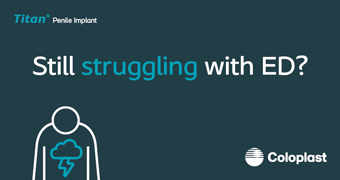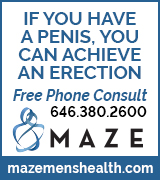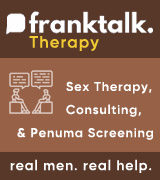radioradio wrote:Lost Sheep wrote:Backswing is another name (m8ht be a brand name) for inversion table.
Just so no one gets confused. I got it for a herniated disc in my spine.
Lost,
How was (is?) your experience with the inversion table? I had a L4-L5 discectomy a couple of years ago and now have a bulge (but not herniated) L3-L4. Did PT, which helped, but I just think inversion/traction would be helpful. My GP is not in favor; concerned about too much blood to the head increasing chances for a stroke. Would love to hear your thoughts.
Bob 2.3.1
Inversion and traction are supposed to do the same thing as bed rest. Relieve pressure on disk and relieve pressure on the fascia of the spinal processes.
I had a herniated disk at L4-L5 that caused sciatica which put me in a hospital bed for a month. I did a lot of reading on disks then. But that was in the early '80s. Much may have been learned since then. So, with that as a caveat, here is a quick summary. I am on sending this as a PM because there might be others interested.
Many Medical professionals feel traction woks and many feel it does not work any better than just staying horizontal. They see it simply a way to keep their patients in bed.
The inversion table was (I understand) invented by a guy for his wife's back problems. The first one he built collapsed with her in it. Proof that women will trust their man to an unbelievable extent. We Bionicals have learned that (see the thread "Getting discovered: How to tell a woman your bionic"). But, I digress.
Bed rest seems (in the '802s) to work as well as surgery (discectomy, laminectomy, fusion) but takes a few years instead of a few weeks to get the same results. You have seen that fixing L4/L5 (particularly fusions) puts extra strain on L3/L4, so sets one up for future problems unless one is very careful with body mechanics, etc.
When I hang upside down, I can feel the extra pressure in my head (and sinuses), but since I have no (known) compromising factors in my circulatory system (aneurisms, etc) I see no danger. If your Medico knows something of some danger particular to you, there are alternatives to inversion. One technique I have used is to lay my torso on a table and let my hops and legs hang freely. This have produced similar relief of tension in my back and the sciatic that still troubles me occasionally - but not to the point of accepting the risks of surgery. The trick is to find a table just the right height. Your back muscles must be TOTALLY relaxed. Thew advantage over the inversion table is that there is virtually no cost. The drawback is that your spine is not in the "neutral" perfectly straight posture. With either method, you can "ease" into the gravity-provided traction. With the table, you just put your feet back on the floor. With the inversion table, you just rotate slowly into the inverted position and if you feel uncomfortable, rotate back. Inverstion is not an all-or nothing proposition. YOu can vary the angle if the table is "set up" right for your body's dimensions.
I hope this helps.
First recommendation, which I saved for last. Talk to your Medico and ask how (s)he formed his/her opinion on the efficacy (or uselessness) of inversion/traction and the dangers for your particular situation.
Good Luck








